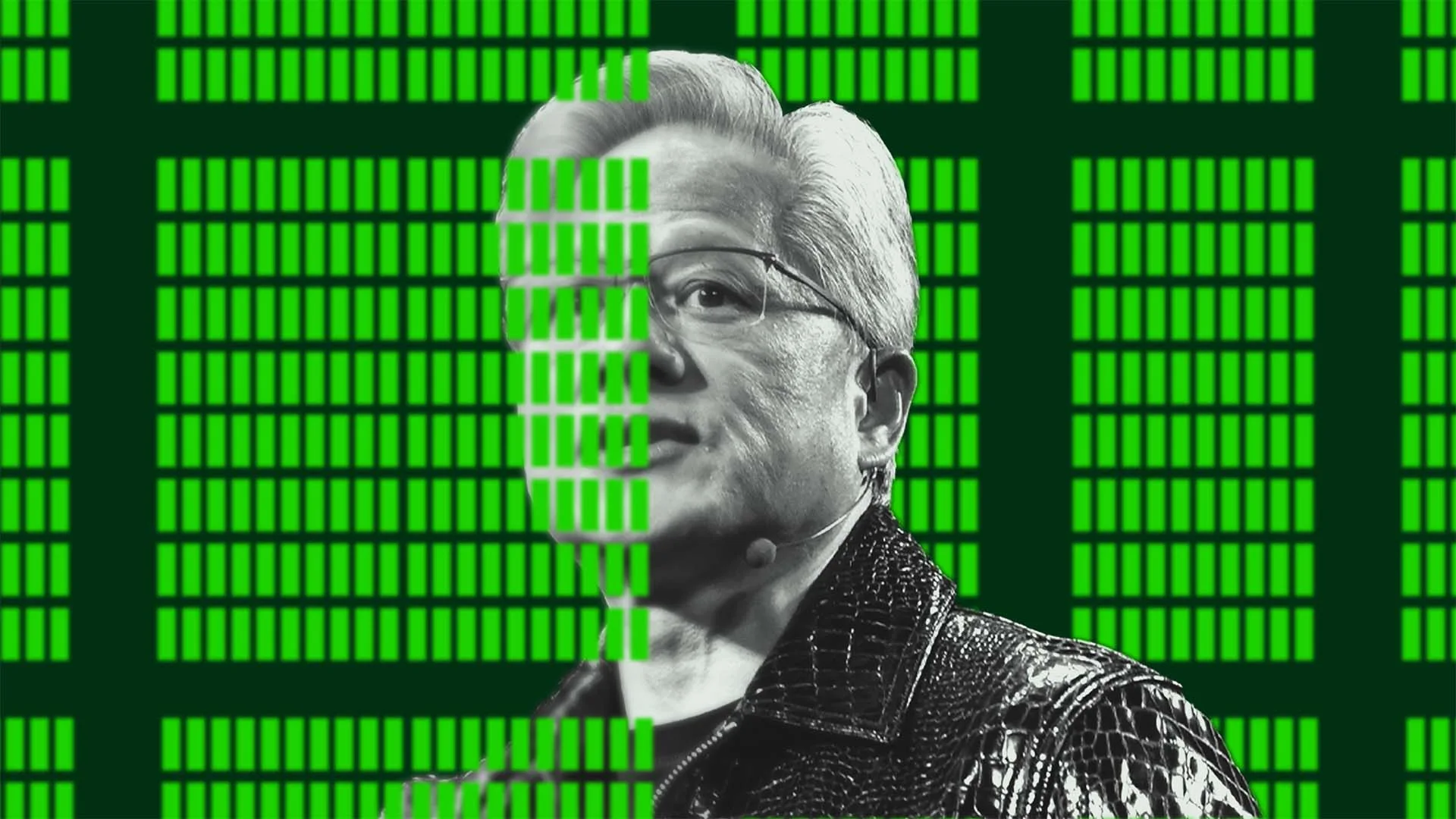Elon Musk's DOGE Savings Goal Shrinks from $2 Trillion to $150 Billion
Elon Musk's ambitious plan to reduce federal spending through the Department of Government Efficiency (DOGE) has seen a significant downward revision.

Elon Musk’s ambitious savings plan through the Department of Government Efficiency (DOGE) has faced a significant reduction, with the savings goal being cut down from $2 trillion to $150 billion for the upcoming 2026 fiscal year.
Originally, Musk set a target of $2 trillion in savings, which was later revised down to $1 trillion. However, with the new budget constraints and ongoing challenges, the target has been further reduced to $150 billion. Musk outlined that these savings would primarily come from reducing waste and fraud across federal programs, though specific details on the initiatives contributing to these savings have not been fully disclosed.
The validity of DOGE’s claimed savings has been a point of contention. Some reports indicated that savings claimed as reductions in government spending were, in fact, expenses or programs that had already ended. An independent tracking group has verified a portion of the savings, but it has raised concerns about the transparency and accuracy of the numbers provided.
With the reduced savings target, the anticipated “DOGE Dividend,” which would distribute a portion of the savings to taxpayers, has also been significantly affected. Initially, the savings goal would have allowed a dividend of approximately $5,000 per taxpayer. With the new, smaller goal of $150 billion, this amount drops to about $379 per taxpayer.
Despite the lower figures and criticisms surrounding the program, Musk remains optimistic about the potential impact of DOGE in streamlining government operations. However, with Musk’s term as a special government employee nearing its end in May, the future direction and effectiveness of DOGE remain uncertain.




